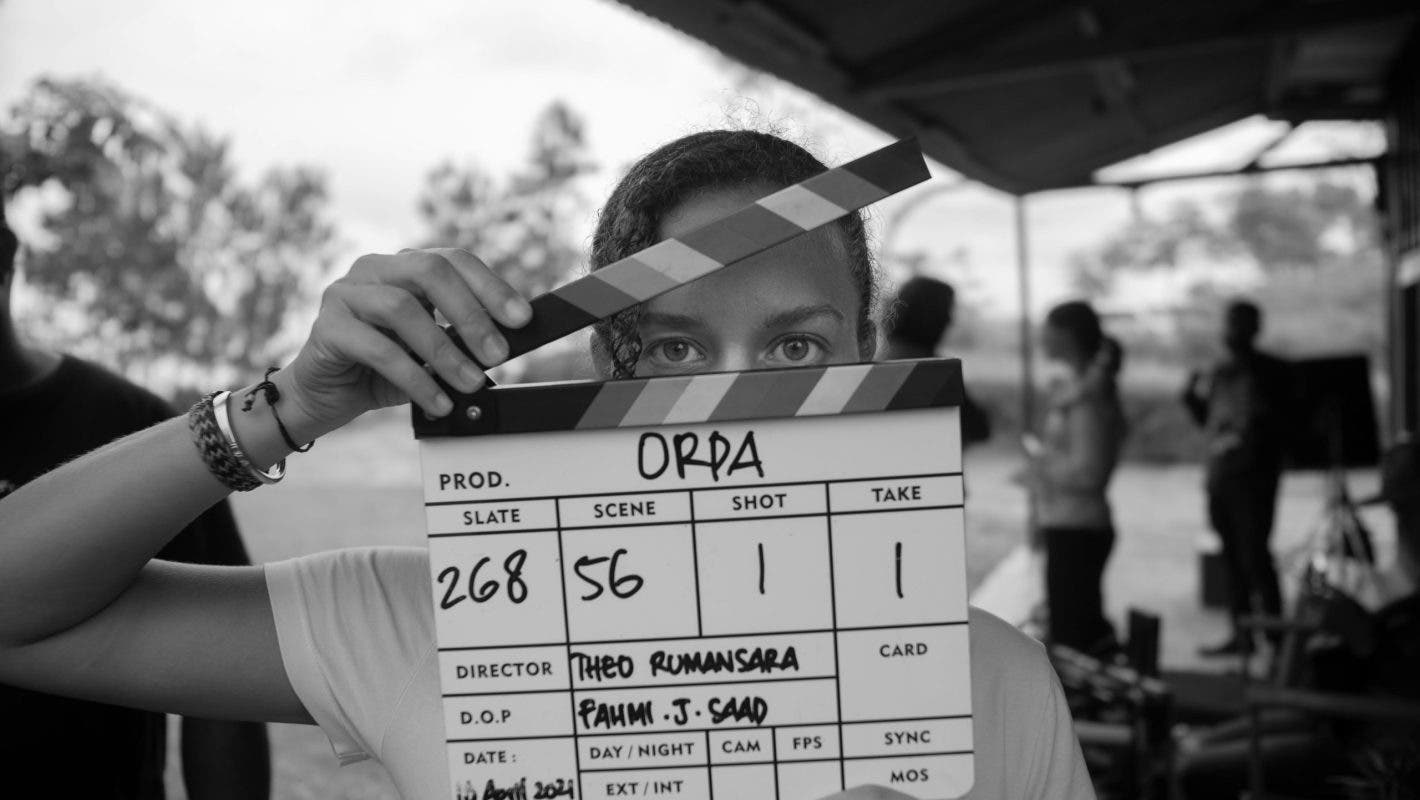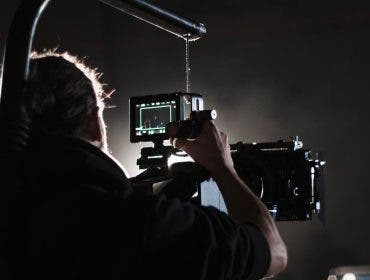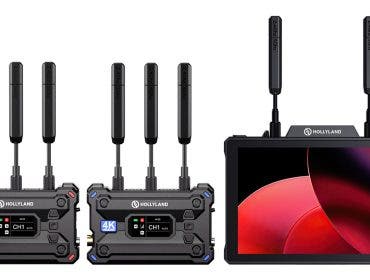Maybe you’ve poured months (or years) into a creative project — could be something like a short film or music video. You’re ready to share it with the world when, BAM, a legal hiccup lands in your lap because someone didn’t sign a release form. That’s a nightmare no creative wants to endure. Talent release forms may seem like paperwork drudgery, but in 2025, they’re more than just legal safety nets — they’re the backbone of professional creative work.
With AI causing a ruckus and altering what it means to create content, it’s not just about avoiding lawsuits! Really, it’s more about future-proofing your projects in ways you hadn’t even thought possible.
Use talent release forms
Talent release forms are the remedy for a sticky situation like the one stated above. Wondering what it is? With a legal document like it, you have the right to use someone’s name, voice, image, likeness, and/or performance in your project. It’s essentially a handshake agreement with legal bearing, between you and the people appearing in your work.
When and why do I need a talent release form?

Of course, when you’re planning to work with actors, extras, models, or even pets, that’s when you need a talent release form. Oh, and also if you’re planning to distribute your film to festivals, YouTube, or a streaming platform!
But I feel like I should tell you about where it gets tricky: no release form means no distribution. Distributors demand a “clean chain of title,” which proves you own every part of your production. No signed form = a broken chain, and that’s a toootal deal-breaker.
Oh, and don’t forget minors! Their guardians must sign the forms.
Key components of a talent release form
Every talent release form is unique, but they all cover these essentials:

Name
This isn’t as simple as getting a name on a piece of paper, it’s about making sure you have the legal right to use it however your project requires. Some important questions to ask are:
- Will their name be in the credits?
- On a poster?
- In a press release?
- Maybe even a future documentary about your groundbreaking work?
Without explicit permission, you could face a scenario where a performer is thrilled to be in your film but horrified to find their name attached to a meme version of it. Just… be thorough and cover your bases.
Voice

This one is especially for:
- An actor’s dramatic monologue
- A voiceover artist’s soothing narration
- An unscripted laugh caught on camera
Voice rights are crucial. This clause ensures you can use their audio without running into legal hot water down the line. And if you need to repurpose their voice for a trailer or use it in promotional materials, please make sure it’s spelled out.
Image and likeness
If talent appears in your film, commercial, or even a short ad, you need permission to use their face. This clause also applies to promotional materials, posters, and social media.
With the existence of deepfakes, AI tools are now capable of copying and pasting anyone’s face to use however they want. So, ensuring that this section specifies exactly how you plan on using their image can avoid any mishaps from occurring.

Performance rights
Acting, singing, dancing, juggling flaming torches — you need the right to use that performance in full, in part, and (ideally) across different formats. Here are some situations and what to do in them:
- Planning a film? You might also want the rights for behind-the-scenes footage.
- Shooting a music video? Make sure you’re covered for promotional clips and remixes.
This clause ensures your talent doesn’t come back later demanding you remove their best scene from the final cut because they “changed their mind.” No takesies-backsies!
Different types of talent release forms
Not all release forms are created equal. Here are the ones you should know:
Actor release forms

If you’re handling actors — whether leads, side characters, or even that extra with a single line, you need this form. It grants permission to use their name, face, voice, and performance in your production.
Music video release forms
We all know that music videos are a wild mix of musicians, actors, dancers, and sometimes a guy in a dinosaur suit (I listen and I don’t judge). Anyway, this form makes sure you have the right to use the performers’ likenesses. Plus, since music rights can be a legal maze, this form often works alongside music synchronization agreements to ensure everything is locked in for distribution.
Talent release forms for minors

Kids are adorable on camera, but the paperwork that comes with them is something you have to be very thorough with. Any performer under 18 needs a legal guardian’s signature before you can use their image or performance in your project. No exceptions.
If you forget this step, that cute scene featuring a child actor could cause a parent to sue your production. And let’s not even get into the special legal restrictions around working hours and contracts for minors. Just get the form signed. Save yourself the headache.
Creative release forms
Don’t forget about the people who create the magic from behind the scenes. Your writers, animators, illustrators, animators, and designers contribute intellectual property (IP) for their efforts during the creative process. To ensure that you own the rights to the work that your crew crafted for you, you need to have a creative release form.
Navigating legal and ethical pitfalls

These are what to watch out for when signing or creating talent release forms:
Perpetuity clauses
Someone could sign a talent release form today and then, decades from now, see their face pop up in some AI-generated sequel they never approved. That’s the danger of a perpetuity clause — it grants permission to use someone’s likeness forever.
Okay, that might be fine for some projects, but always make sure whoever is signing is comfortable with the terms. If the form doesn’t specify a time limit (like only for this project and its promotions), push for one.
Non-compete clauses

A non-compete clause could say something like “You can’t work with a competing brand, production company, or even in the same genre for X amount of time.” This one is especially sneaky for freelancers and actors who juggle multiple gigs. Signing it means you can’t take on another film role, music video, or ad for months (or years). Always read this section carefully and negotiate if it’s too restrictive.
Personal liability
Read your contracts as carefully as possible in case of a personal liability. If a contract ever suggests that you, the talent, will be held personally responsible for production problems (budget overruns, technical issues, or legal disputes) put that pen down immediately.
Talent release forms should protect the production, not shift liability onto the performers. If you see language that makes you financially or legally responsible for things beyond your control, call an entertainment lawyer immediately. Or just straight up get out of there, if you wish.

Your foundation of creative success
Talent release forms protect your vision, secure your work’s future, and ensure everyone involved knows where they stand. So, the next time you’re tempted to skip the paperwork, remember: no form, no fame.
Play it smart and get those forms signed. No excuses!






